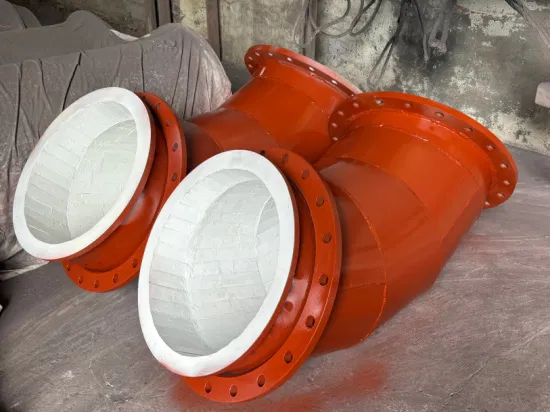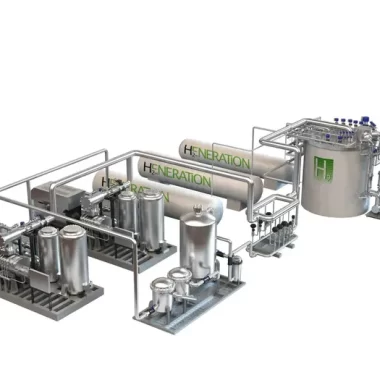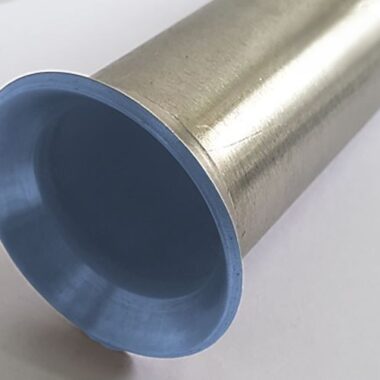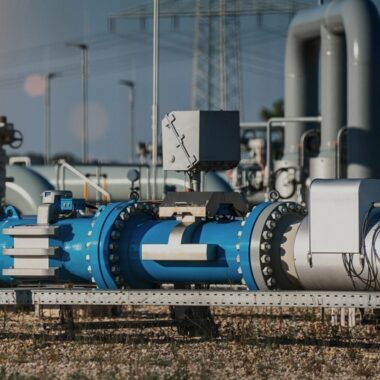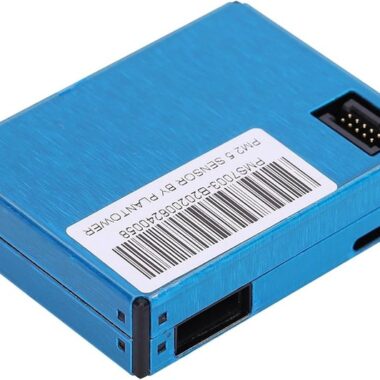Wear-Resistant Tube Sheets
Introduction
Wear-resistant tube sheets are a critical component in heat exchangers, providing structural stability while preventing erosion, corrosion, and mechanical damage. These sheets act as a protective barrier between the tube bundle and the shell, ensuring a secure fit and reducing the risk of leaks or failures in high-pressure environments. Industries such as power generation, petrochemicals, marine applications, and pharmaceutical manufacturing rely on heat exchangers operating under extreme conditions, where standard tube sheets may degrade over time. Wear-resistant tube sheets, crafted from advanced materials like stainless steel, titanium, Inconel, and cupronickel alloys, enhance the durability and lifespan of heat exchangers by withstanding thermal stress, chemical exposure, and mechanical wear. With the rise of new manufacturing techniques, specialized coatings, and smart monitoring technologies, modern tube sheets are designed to last longer while maintaining efficiency. The incorporation of nano-coatings, hybrid materials, and AI-driven predictive maintenance is pushing the boundaries of performance, making heat exchangers more resilient, cost-effective, and environmentally sustainable.
Key Features of Wear-Resistant Tube Sheets
High Durability & Strength
- Manufactured from premium materials such as stainless steel (SS 304, SS 316), titanium, carbon steel, Inconel, and Cupronickel alloys to withstand high-pressure environments.
- Advanced fabrication techniques, including forged and rolled metal sheets, improve structural integrity and fatigue resistance.
- Resistant to cracking and deformation even under high cyclic thermal and mechanical stress.
Corrosion and Erosion Resistance
- Special coatings such as chromium carbide, tungsten carbide, and electroless nickel plating provide an extra layer of protection against corrosive fluids and gases.
- Ideal for industries like chemical processing, marine applications, and oil refineries, where exposure to harsh substances can cause rapid wear.
- Advanced ceramic-based linings offer enhanced resistance against acidic and saline environments, ensuring longer operational life.
High-Temperature Tolerance
- Can handle extreme heat conditions up to 600°C and beyond, depending on material selection and coatings.
- Specialized heat-resistant alloys like Inconel 625 and Hastelloy maintain their mechanical properties under high thermal loads.
- Used in power plants, nuclear reactors, and high-temperature steam applications where maintaining structural integrity under heat stress is critical.
Customization & Advanced Manufacturing
- Available in custom sizes, hole patterns, and thicknesses to fit various heat exchanger designs.
- CNC precision drilling ensures proper alignment and leak-free connections, improving efficiency.
- Advanced multi-layered designs incorporate different materials in one tube sheet to enhance both thermal and mechanical performance.
Coatings & Surface Treatments for Extended Life
- Carbide Coatings: Tungsten or chromium carbide layers protect against extreme abrasion and impact.
- Ceramic Lining: Non-metallic coatings reduce friction and thermal degradation.
- Electroless Nickel Plating: Creates a smooth, anti-fouling surface, reducing deposit buildup.
- PTFE (Teflon) Coatings: Used in chemical industries to provide non-stick properties and prevent scale formation.
Low Maintenance & Reduced Downtime
- Designed to withstand mechanical stress from thermal expansion, vibration, and pressure fluctuations without frequent repairs.
- Self-cleaning coatings prevent the accumulation of scale, biofouling, and deposits, reducing maintenance frequency.
- Advanced sealing technologies reduce the risk of leakages and failures, ensuring consistent performance.
Future Trends & Innovations in Wear-Resistant Tube Sheets
Nano-Coating Technology for Superior Wear Resistance
- Graphene-infused and nanoceramic coatings offer ultra-thin but highly durable protection.
- Increases efficiency by reducing thermal resistance and improving heat transfer.
- Helps in self-lubrication, reducing energy consumption in heat exchanger operations.
Self-Healing Materials for Longer Lifespan
- New polymer-based and metallic self-repairing coatings can automatically seal micro-cracks caused by wear and corrosion.
- This reduces unplanned maintenance, enhancing system reliability in remote or high-risk environments.
Hybrid Composite Tube Sheets for Weight Reduction & Strength
- Combining metal with polymer composites reduces overall weight while maintaining exceptional durability.
- Ideal for aerospace and offshore applications where weight constraints are critical.
3D-Printed Tube Sheets for Complex Designs
- Additive manufacturing allows for the creation of intricate hole patterns and optimized flow channels for better heat transfer.
- Reduces material waste and production costs while improving precision and durability.
AI & Smart Monitoring Systems for Predictive Maintenance
- Embedded sensors in tube sheets monitor temperature, stress, and corrosion levels in real time.
- AI-driven predictive analytics help industries schedule maintenance before failures occur, reducing downtime and saving costs.
- Used in smart industrial cooling systems where efficiency optimization is a priority.
Eco-Friendly & Sustainable Coatings
- Development of green, non-toxic coatings that replace hazardous chromium-based solutions, reducing environmental impact.
- Self-cleaning, bio-resistant coatings help industries comply with stringent environmental regulations.
Advanced Welding & Bonding Techniques for Increased Durability
- Friction-stir welding and laser bonding create seamless joints, eliminating weak points that lead to premature failure.
- Electron beam welding (EBW) allows precise, high-strength connections, reducing heat-affected zones and improving reliability.
Unique & Specialized Applications of Wear-Resistant Tube Sheets
Nuclear Power Plants
- Designed to withstand radiation exposure, high-pressure steam, and extreme thermal cycling without material degradation.
- Special boron-coated tube sheets provide additional neutron absorption capabilities.
Desalination Plants
- Saltwater-resistant materials like titanium and cupronickel alloys ensure longevity in seawater heat exchangers.
- Special anti-scaling coatings reduce mineral deposition and clogging, maintaining efficiency.
Aerospace & Cryogenic Heat Exchangers
- Tube sheets used in jet engine cooling systems must endure extreme temperature fluctuations.
- Cryogenic heat exchangers require materials that remain ductile at ultra-low temperatures (-196°C and below).
Deep-Sea Oil Rigs & Offshore Platforms
- Designed to resist extreme pressure fluctuations in deep-sea environments.
- Corrosion-resistant coatings protect against salt spray, hydrogen sulfide (H₂S), and aggressive hydrocarbons.
Medical & Pharmaceutical Heat Exchangers
- Used in sterilization and drug manufacturing processes where contamination control is crucial.
- Electropolished stainless steel tube sheets ensure high hygiene standards and easy cleaning.
Conclusion
Wear-resistant tube sheets are shaping the future of heat exchanger technology, ensuring higher durability, improved efficiency, and lower maintenance requirements across industries. With the integration of nano-coatings, self-healing materials, and real-time AI monitoring, tube sheets are evolving into smarter, longer-lasting components that can withstand extreme operational conditions. From nuclear power plants to offshore oil rigs and pharmaceutical sterilization units, the demand for high-performance, corrosion-resistant tube sheets is increasing. The development of hybrid composite materials, eco-friendly coatings, and precision manufacturing techniques is further driving innovation, reducing costs, and extending the service life of industrial heat exchangers. As industries shift toward sustainability and energy efficiency, the future of tube sheet technology will focus on lightweight, high-strength materials, advanced welding techniques, and environmentally friendly solutions. Companies investing in cutting-edge wear-resistant tube sheet technologies will benefit from enhanced equipment longevity, reduced downtime, and optimized heat transfer performance.


